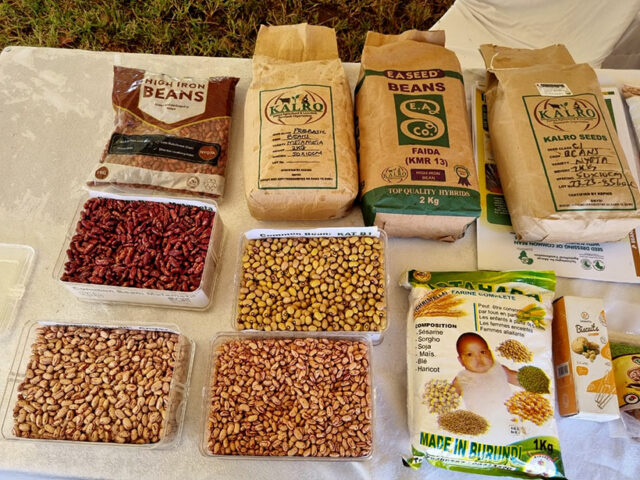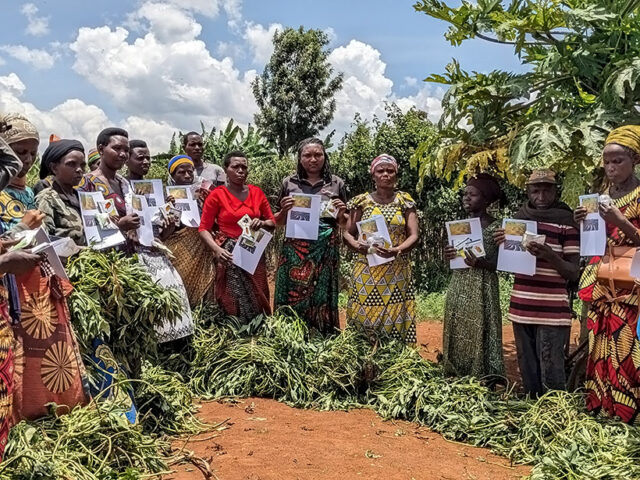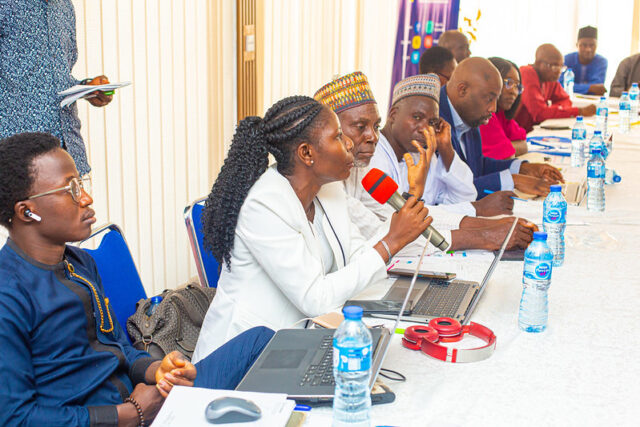
Benjamin Singer of the United Nations Forum on Forests (UNFF) Secretariat shares his views on inclusive landscape finance in the latest of this new interview series.
He brings a decade of experience from his role in implementing the UNFF’s Global Forest Financing Facilitation Network to the discussion. Here he reflects on using public funds to assist developing countries in their efforts to mobilize finance for sustainable forest management.
How do you define ‘inclusive finance’ and why is it important?
There are two distinct ideas to the concept of ‘inclusive finance’ in the context of sustainable forest and land management within the broader landscape. The first relates to the need to mobilize finance as a key ingredient for the implementation of sustainable forms of land and forest management. The second is how to distribute this finance equitably among all stakeholders, with a particular focus on the most vulnerable – local communities, indigenous peoples, women, youth and the elderly.
While much of the debate around sustainable or ‘green’ finance has focused on mobilizing finance, few have considered the equitable distribution of finance once it is mobilized – as if it were a mere side-thought to consider only after money had been secured.
Yet distribution and equitability contribute directly to reducing inequality, one of the root causes of environmental degradation. Wealthier, more powerful stakeholders often exhaust natural resources without having to face the negative externalities they are creating, whereas these tend to fall onto poorer sections of society who rely on these same resources for their livelihoods and even survival.
Empowering this second category of stakeholders, through equitable benefit-sharing, amongst others, would enhance their resilience in the face of environmental change – including climate change.
Header photo: Trees stand in Kisangani, Democratic Republic of Congo. Photo by O. Girad/CIFOR



